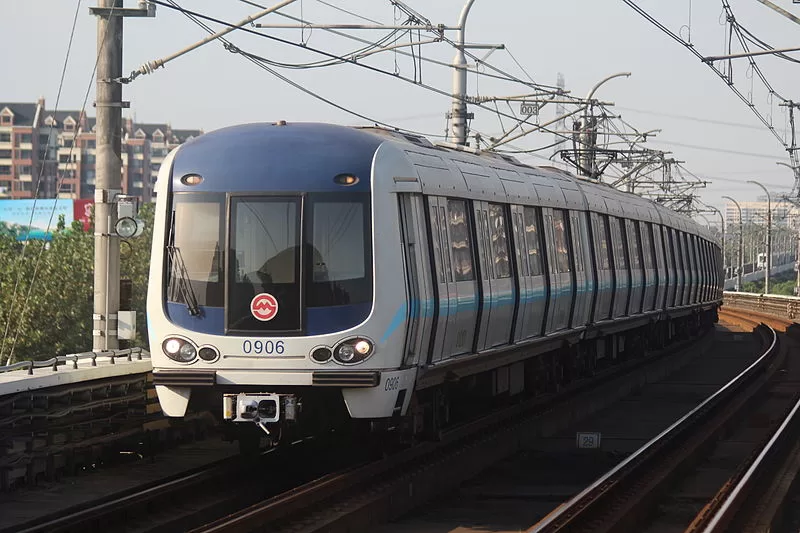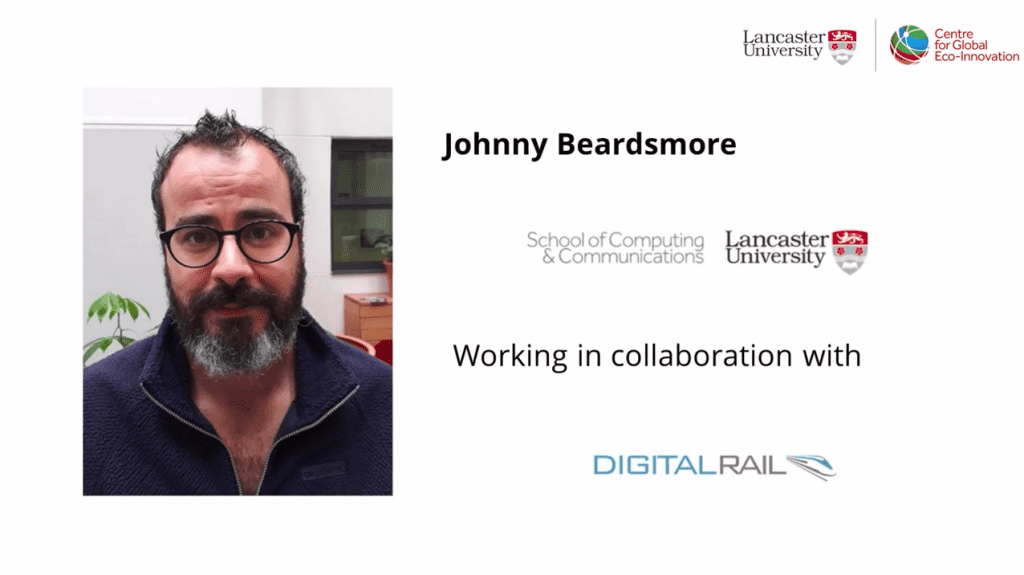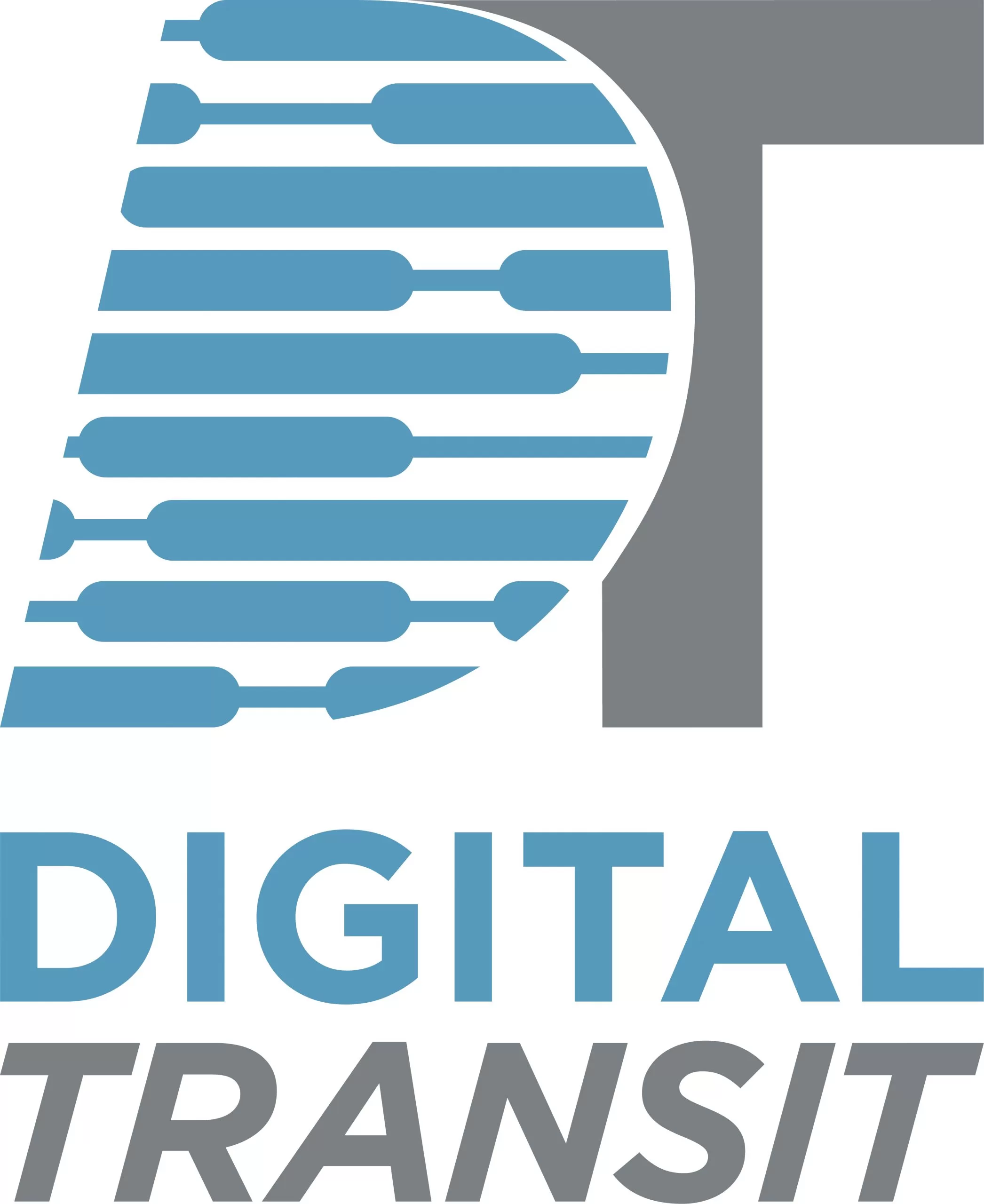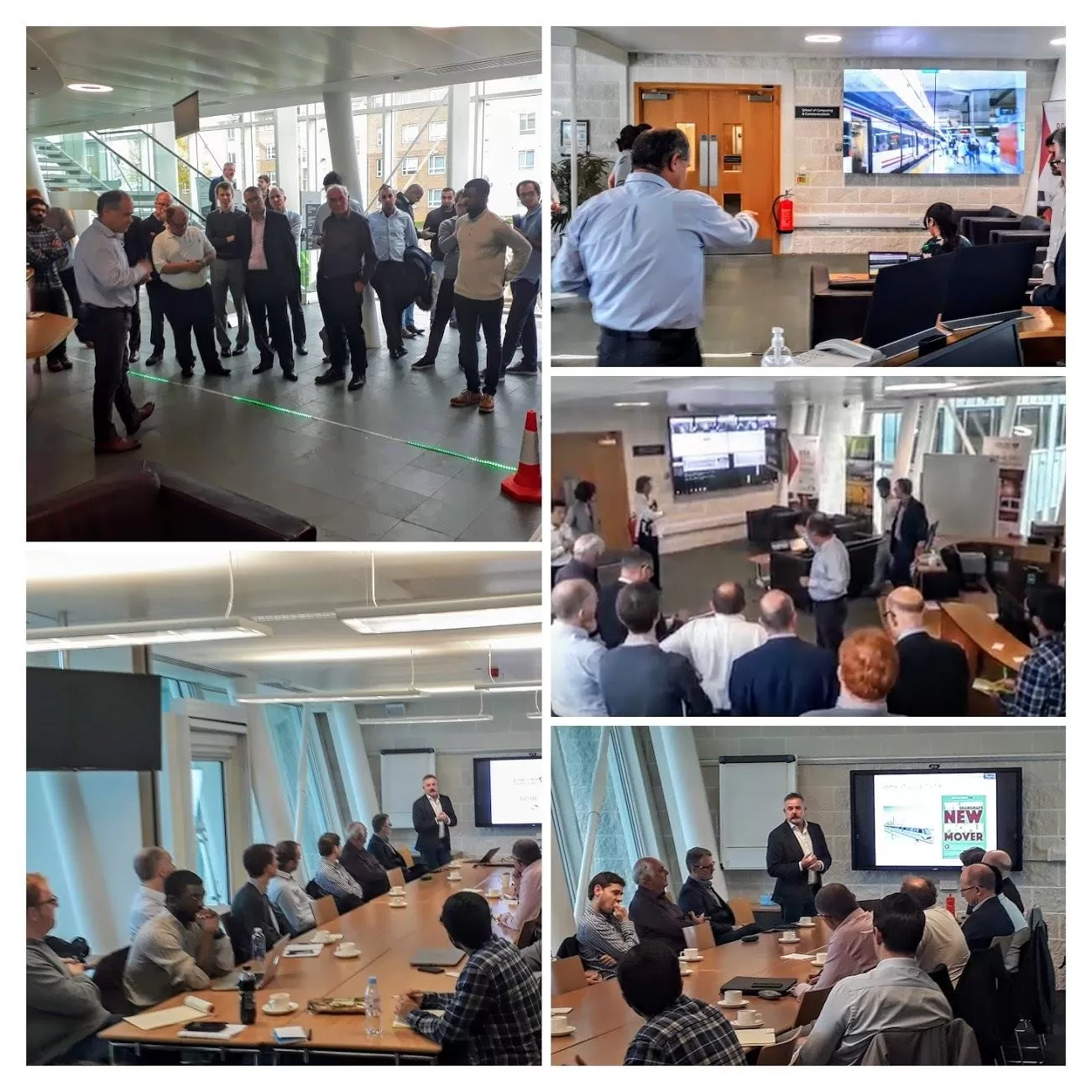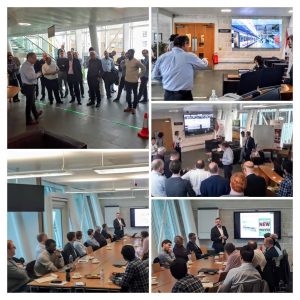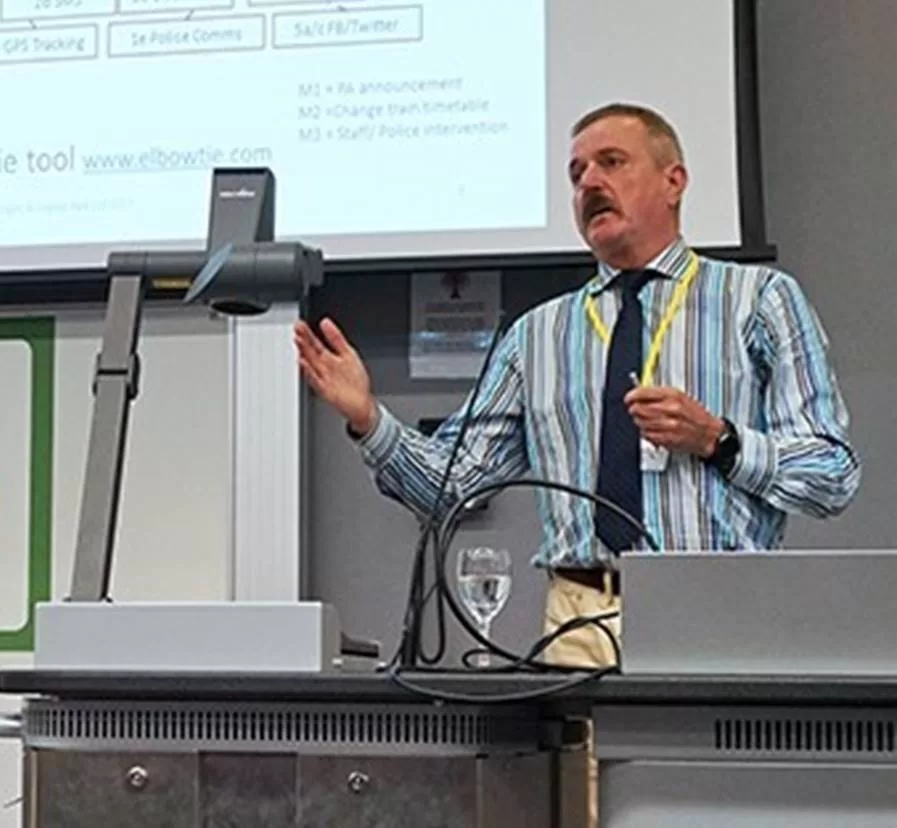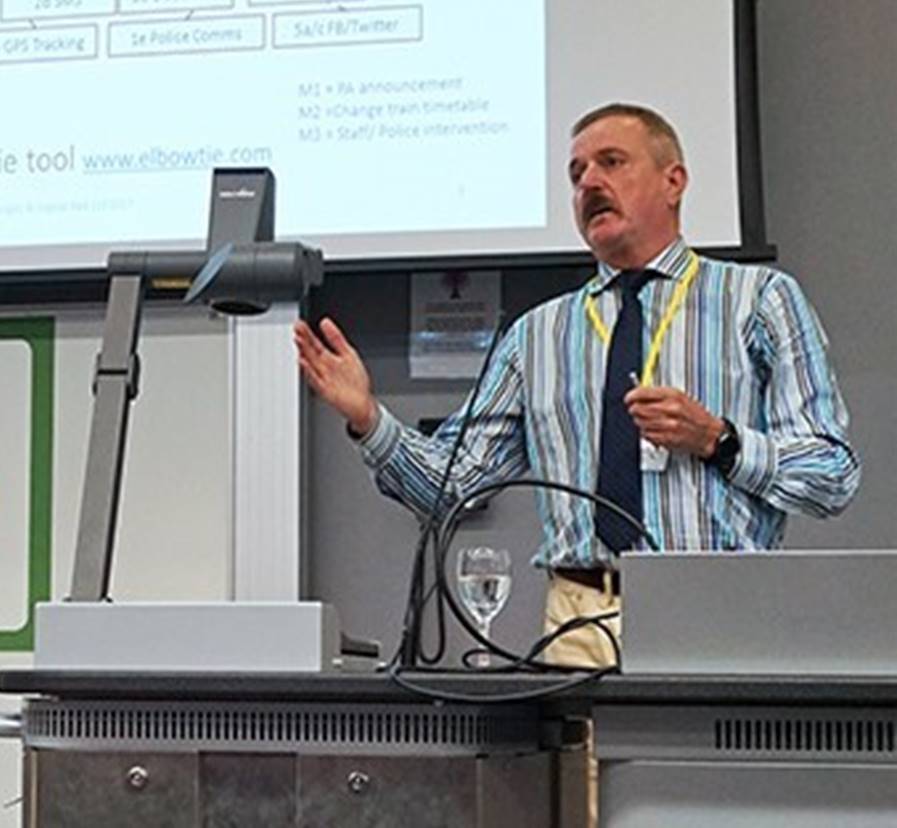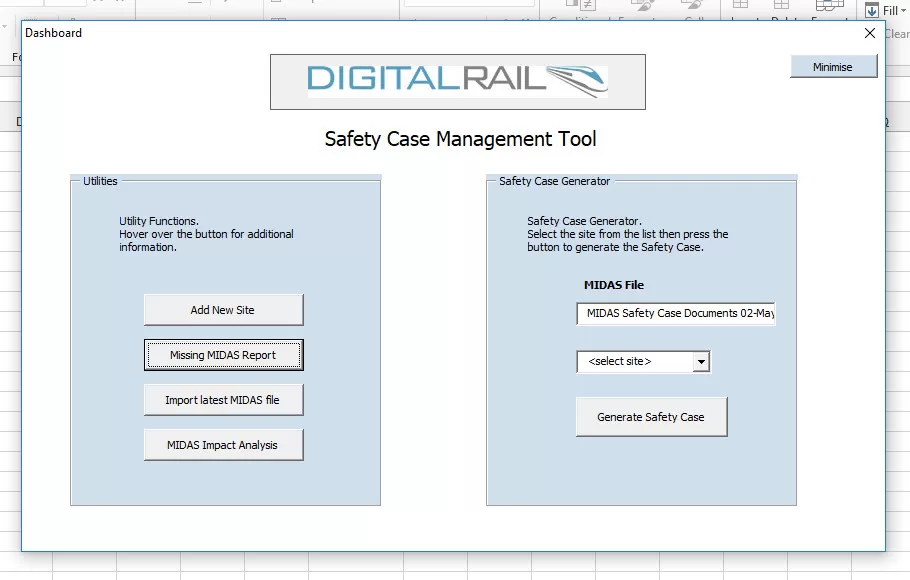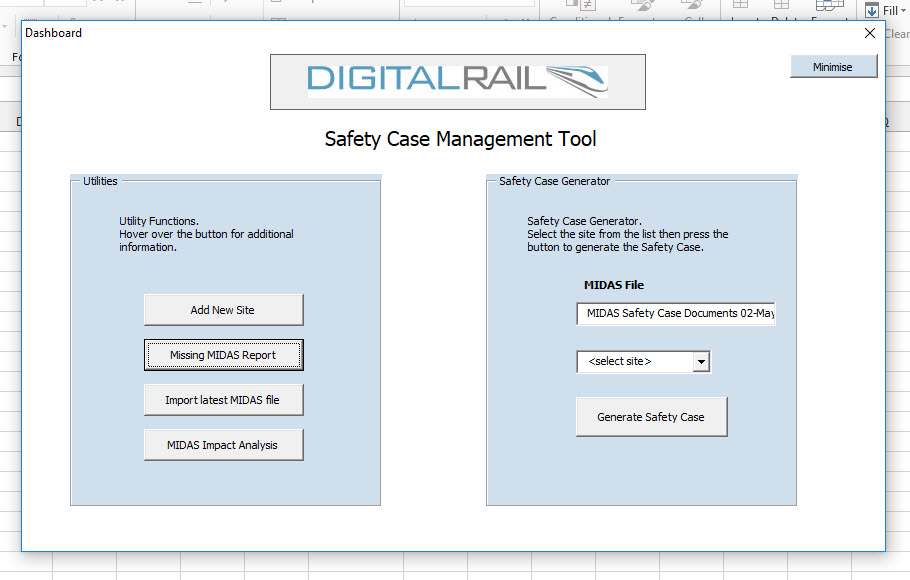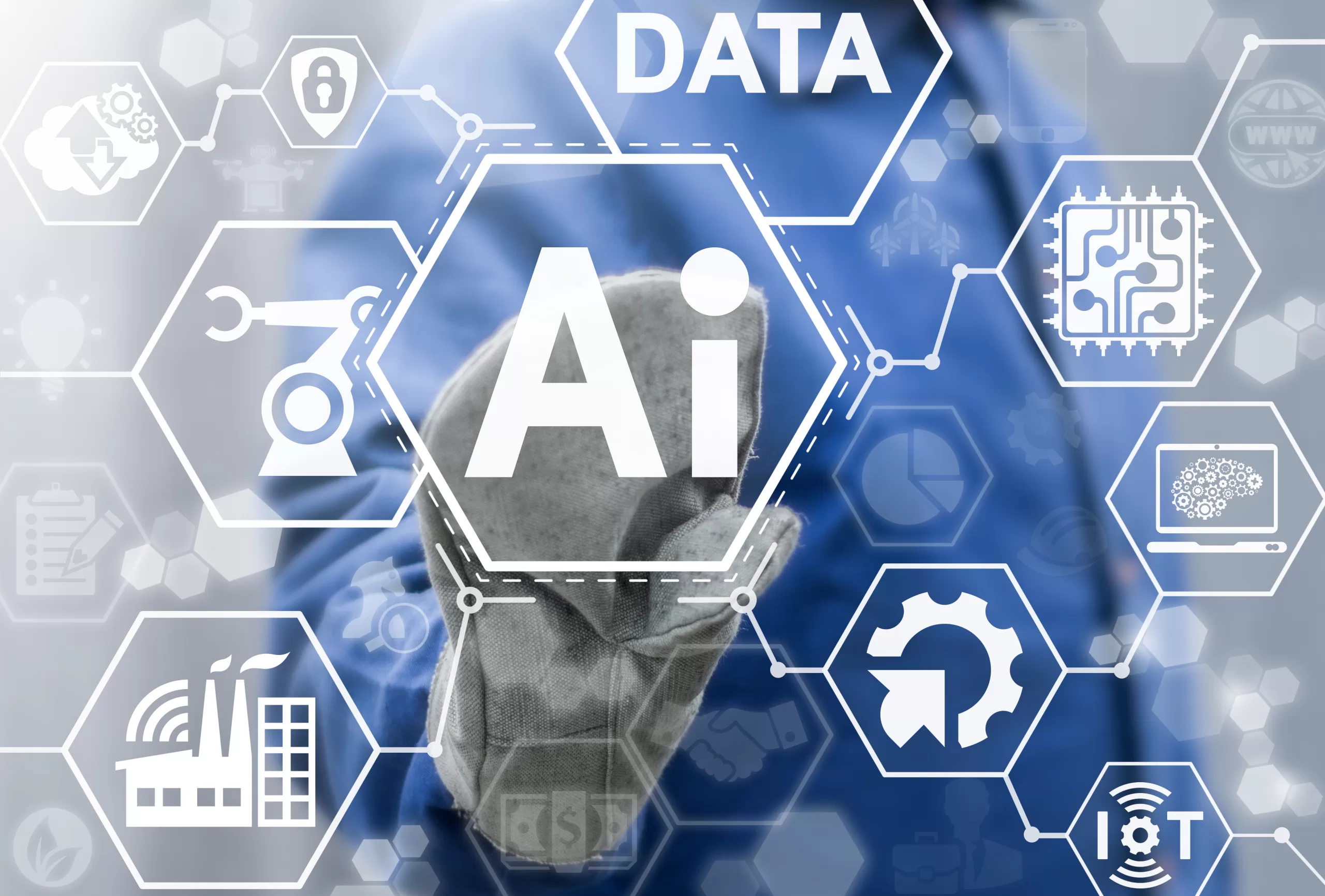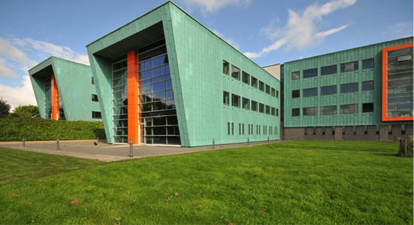
Digital Rail have recently completed a project working with a group of Business and Marketing students from Lancaster University’s Management School.
Working closely with the students over a 6 month period, their project specification was to draw up a plan on how to bring one of Digital Rail’s products to market. The product was a workflow engine tool for analysis, certification and test that we are developing in collaboration with the Austrian Institute of Technology called WeFact.
The students carried out detailed research which included interviewin industry-experts and sending out surveys. At the end of the project the students delivered a Presentation and produced an in-depth Report detailing how Digital Rail can market the product, as well outlining challenges to market, potential product development, and a suggested product business plan.
“Working with Digital Rail on the development of its joint project with the AIT has been an incredibly valuable and enjoyable experience. Howard is an enthusiastic, charismatic, and approachable professional who greatly values the inputs of others around him and gave us real responsibility and opportunities from the very start. We would like to sincerely thank Howard for this incredible opportunity and wish him the very best of success with the project in the future.”
We thoroughly enjoyed working with the students. The project helped us gain an insight into how to bring a niche product such as WeFact to market, and gave the students first-hand experience of developing their skills and expertise working with a real business on a challenging brief.
“It has been a pleasure to work with Howard and Digital Rail. This experience has been an eye opener into a fast growing, important industry that has provided a great opportunity to develop and enhance our skills. We hope that the WEFACT tool finds success in the future and wish the team well.”
